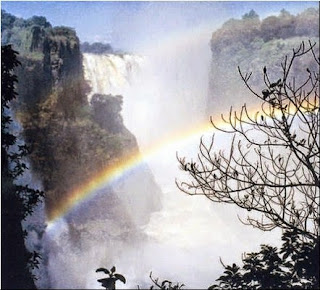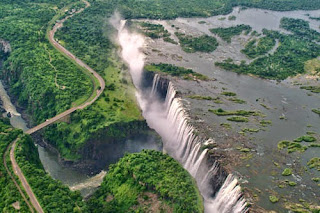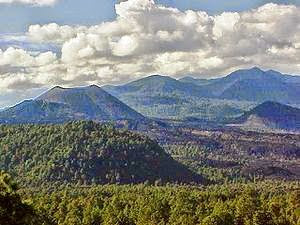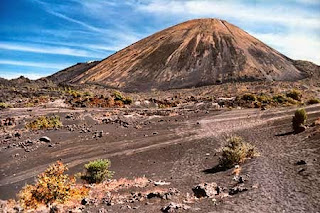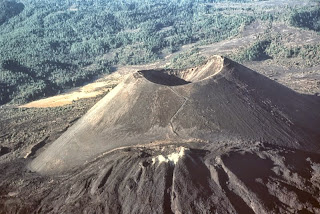Quick Facts:
Located around Rio de Janeiro, Brazil
Harbour of Rio de JaneiroSurrounded by unique mountains and formations
Rio de Janeiro translates "river of January" in Portuguese

The Harbour of Rio de Janeiro is located in Brazil and was created by erosion from the Atlantic ocean.Harbour of Rio de Janeiro is surrounded by gorgeous mountains that include Sugar Loaf at 1,296 feet (395 m), Corcovado Peak at 2,310 feet (704 m), and the hills of Tijuca at 3,350 feet (1021 m).The Sheraton Rio Resort & Hotel is Seven Natural Wonders.

The best ways to see the Harbor of Rio de Janeiro are to get above it. Some visitors will seek to discover and view the harbor and surrounding area by taking to the skies.

The best way to experience the Harbor of Rio de Janeiro depends on the interest of those visiting this natural wonder. Enjoying the soft white sandy beaches is expected whether participating in one of the many exercise or stretching programs, playing volleyball or other sporting venues, or just lounging around and taking in the sun.

The best times to explore the Harbor of Rio de Janeiro are during the months of September and October. The weather is nice and the humidity has not set in. Sugar Loaf Mountain can be done in under two hours and should be done during the morning when the sun is coming in from the east. The sun will be rising behind you as you take in the views of the mountains.

Getting to Rio de Janeiro is easy. The city is one of the largest and most popular cities in Brazil. Many major airlines fly directly into the city providing plenty of options for travel. The city does have public transportation but taxis and even private drivers are reasonably priced.











